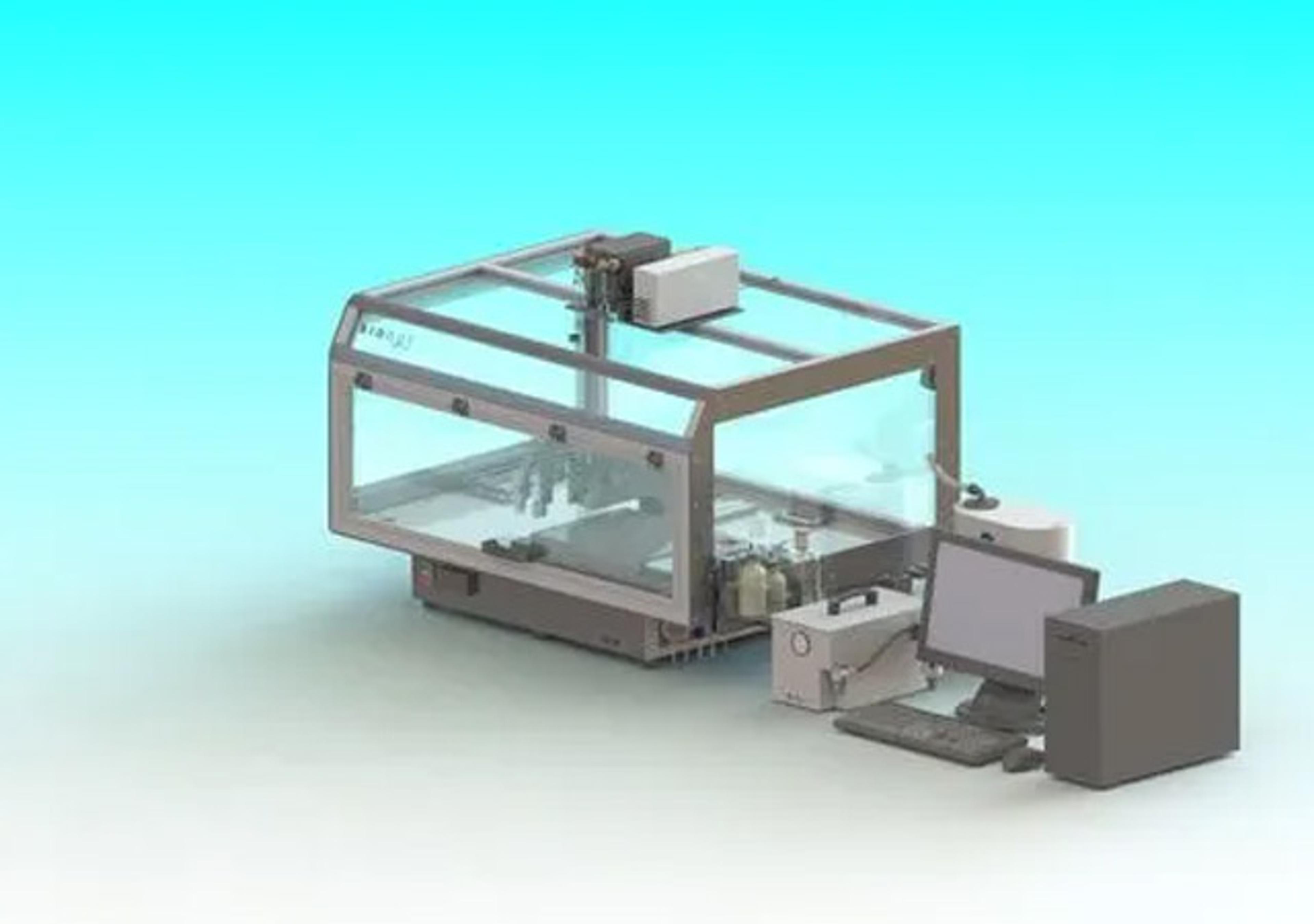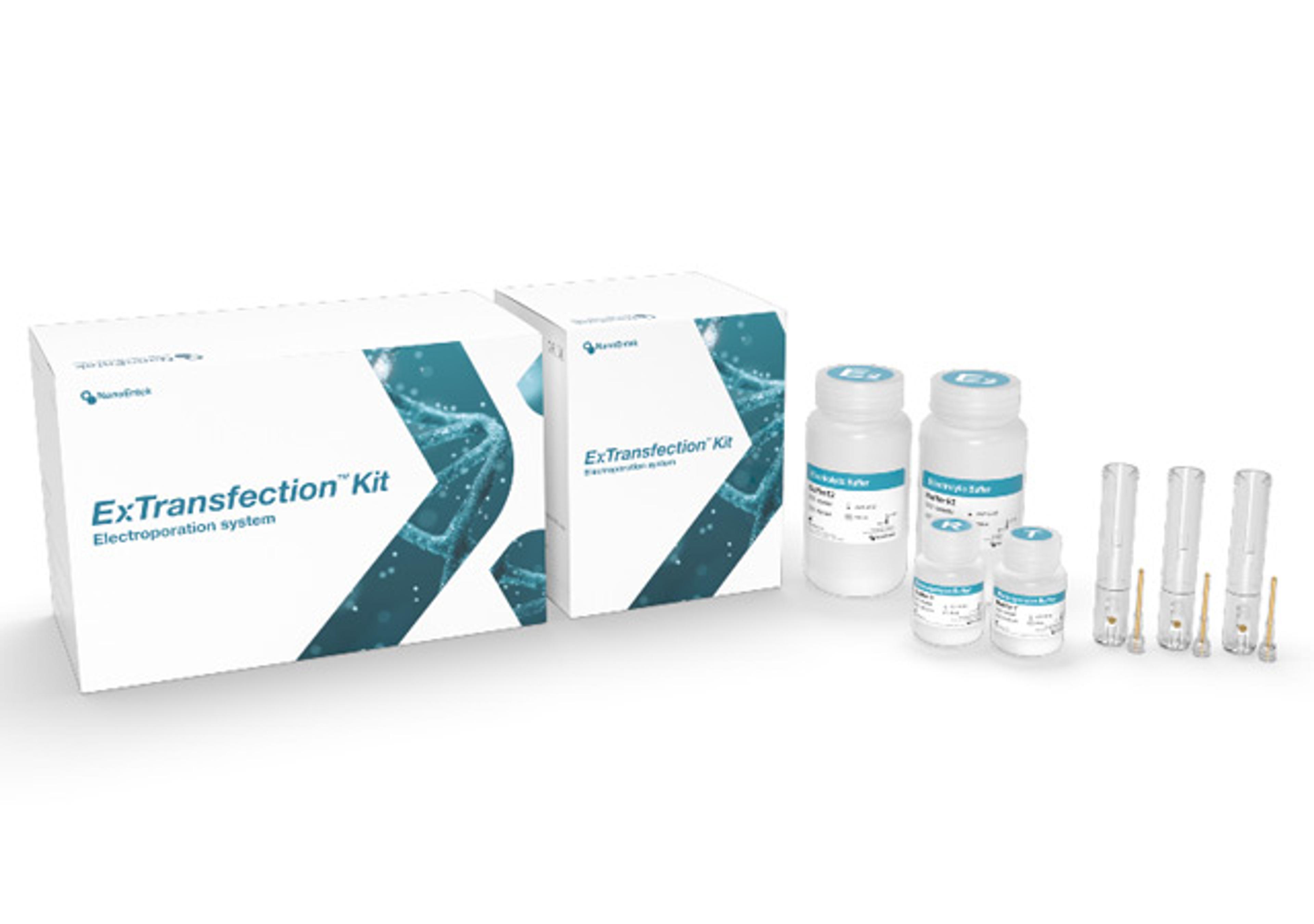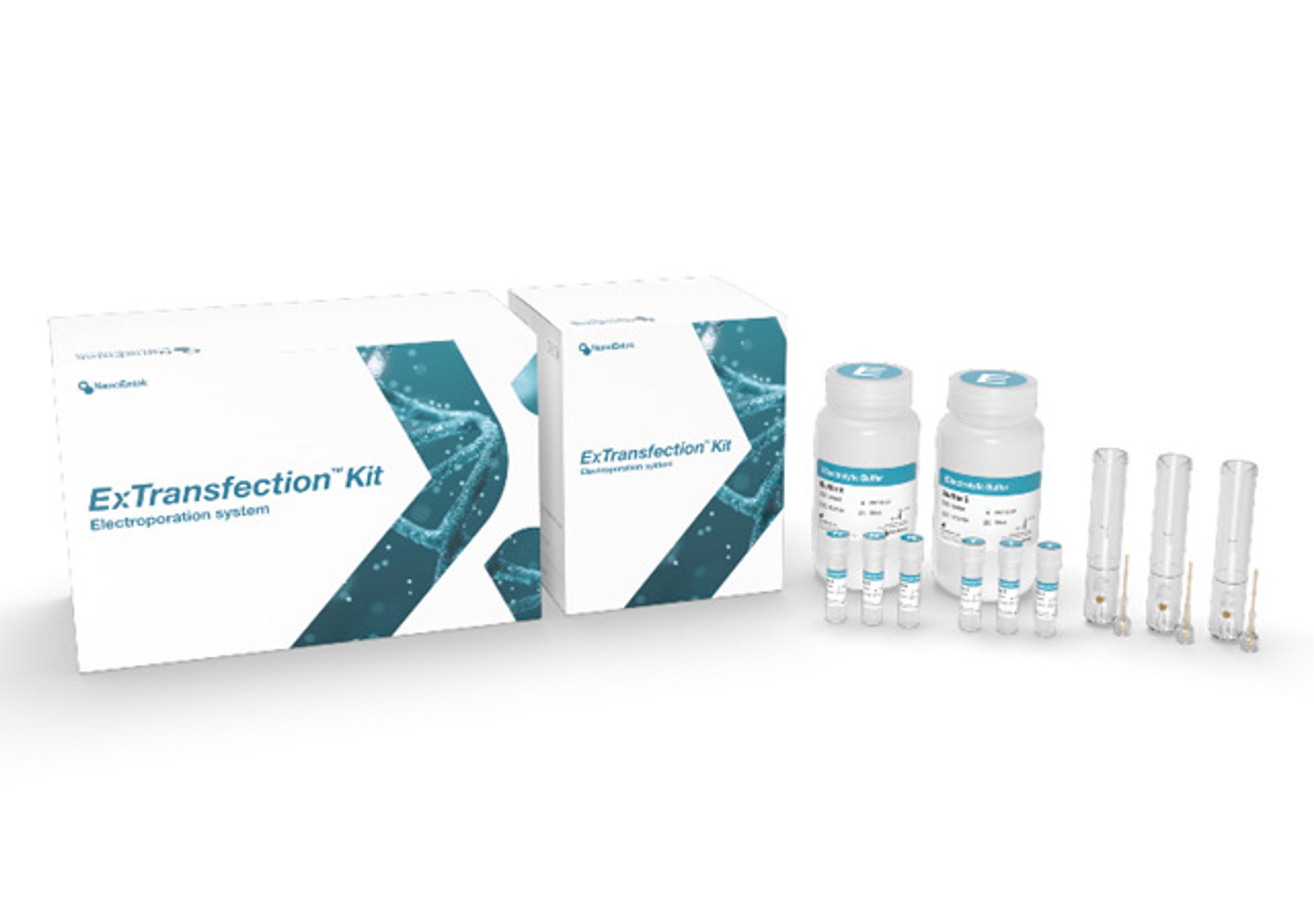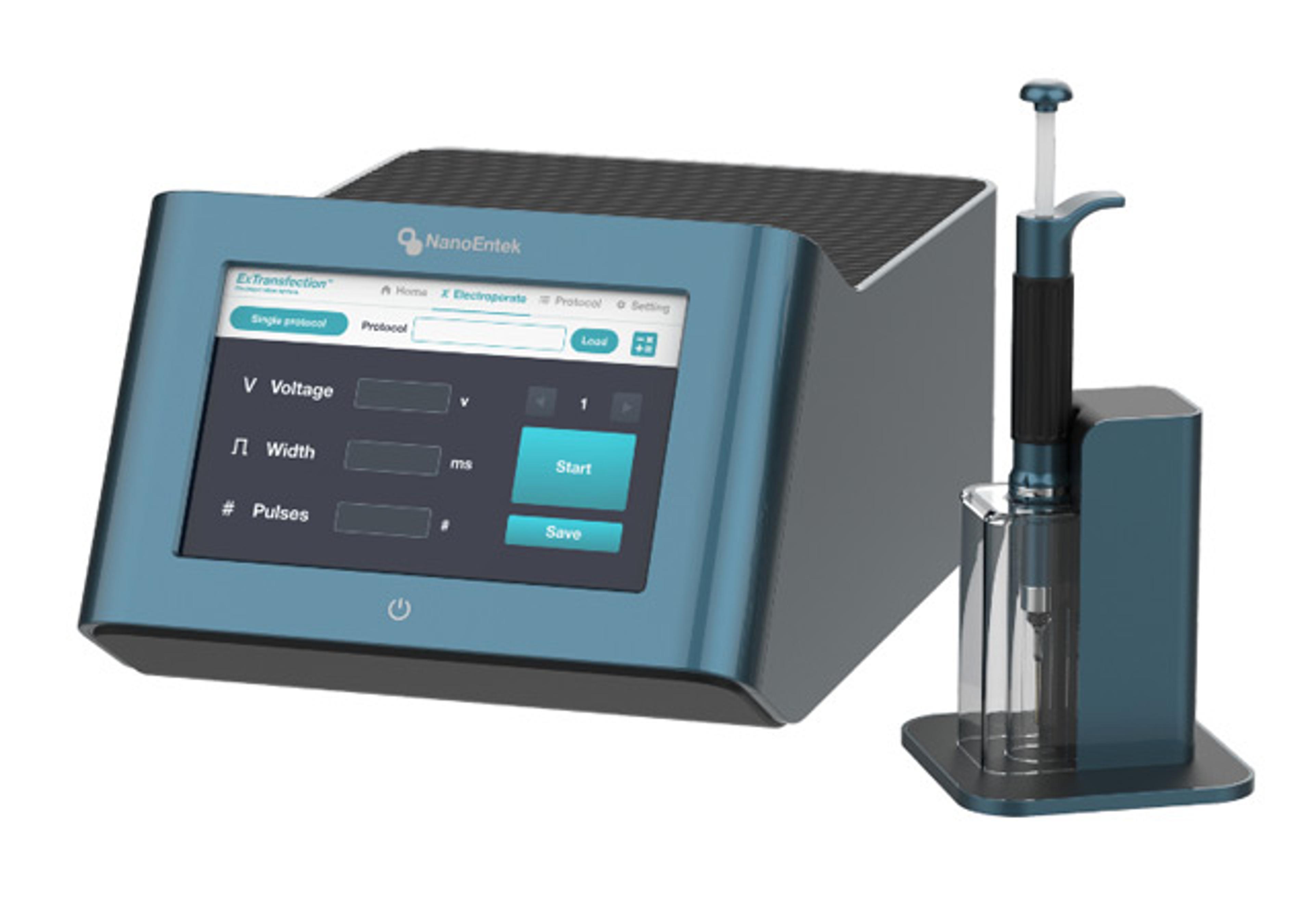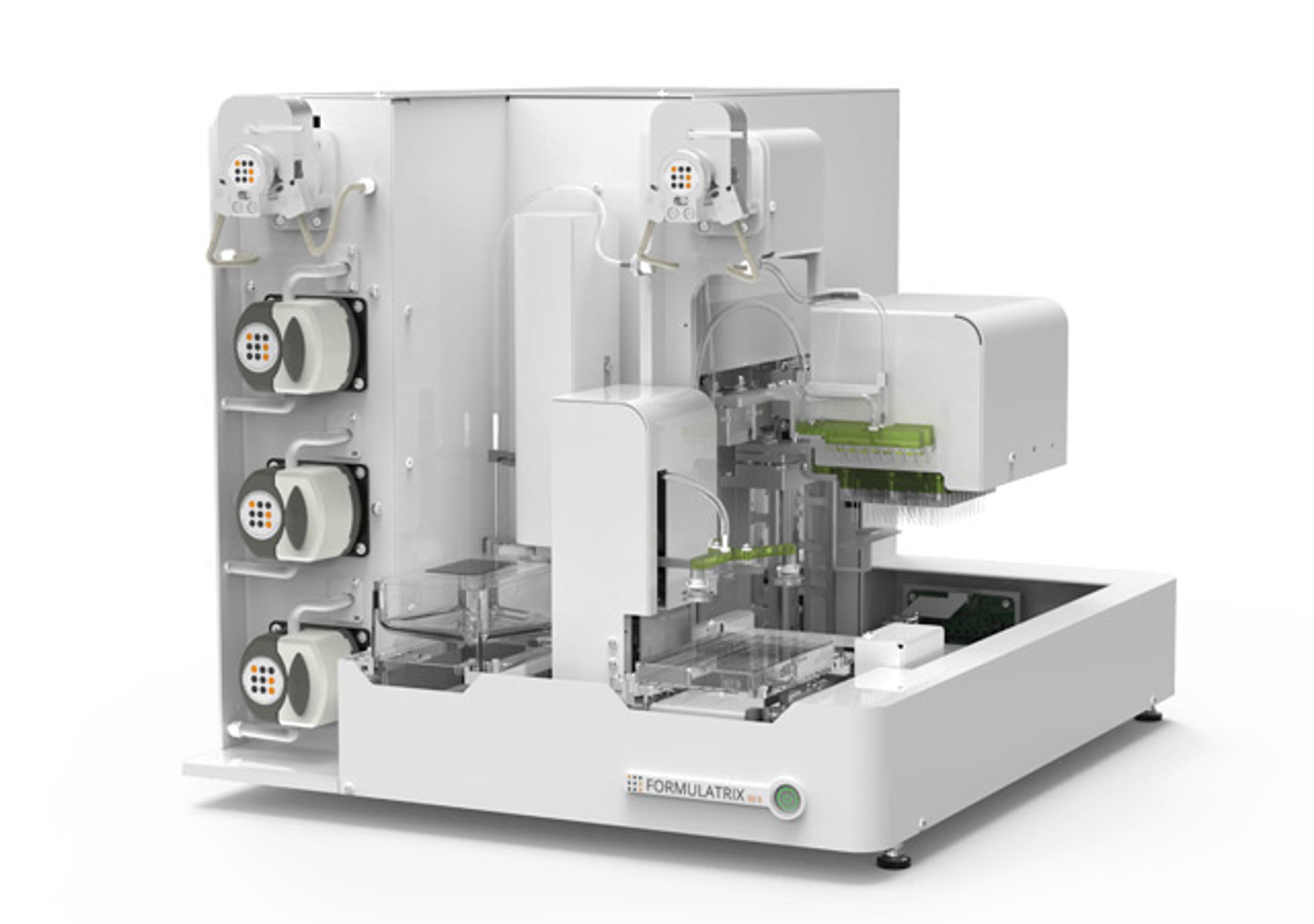NADH
Grade I, disodium salt

The supplier does not provide quotations for this product through SelectScience. You can search for similar products in our Product Directory.
Great!
Enzyme activity measurement
NADH reduced in 5 mg vials is very convenient. Easy to use. I have never had a problem with Sigma-Aldrich products.
Review Date: 1 Aug 2017 | Merck
Absorbance coefficients: 14.3 x 103 l x mol-1 x cm-1 at 260 nm, 6.18 x 103 l x mol-1 x cm-1 at Hg 334 nm, 6.3 x 103 l x mol-1 x cm-1 at 340 nm, 3.4 x 103 l x mol-1 x cm-1 at Hg 365 nm
General description
For life science research only. Not for use in diagnostic procedures.
Storage conditions (working solution): 10 mg/ml in Na-bicarbonate buffer, pH 9, contains at least 95% NADH after 4 weeks at 2 to 8 °C.
Contaminants: Relative reaction with LDH: 1.00 ± 0.05 (referred to a standard)
Organic solvents: <4% (GC)
Application
As a reagent, NADH can be used in enzyme cycling assays to amplify detection of activity of biologically relevant enzymes or metabolites present in low concentrations.
Biochem/physiol Actions
NADH is a coenzyme that functions as a regenerating electron donor in catabolic processes including glycolysis, β-oxidation and the citric acid cycle (Krebs cycle, TCA cycle). It participates in cell signaling events as well, for example as a substrate for the poly (ADP-ribose) polymerases (PARPs) during the DNA damage response. The NAD+/NADH dependent sirtuins play key roles in stress responses during events involving energy metabolism, with implications in cancer biology, diabetes and neurodegenerative disease.
As a reagent, NADH can be used in enzyme cycling assays to amplify detection of activity of biologically relevant enzymes or metabolites present in low concentrations.
form amorphous powder mol wt Mr 665.4 (NADH) Mr 709.4 (NADH-Na2)




